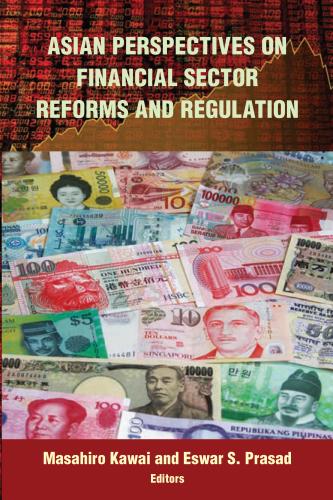Studies in this week’s Hutchins Roundup find about a fifth of work days will be done from home post-pandemic, the supply of safe assets is an important driver of shifts in neutral interest rates, and more.
Want to receive the Hutchins Roundup as an email? Sign up here to get it in your inbox every Thursday.
Work from home is here to stay, with benefits for workers and their productivity
20% of workdays will be done from home after the pandemic ends, find Jose Maria Barrero of the Mexico Autonomous Institute of Technology, Nicholas Bloom of Stanford, and Steven J. Davis of the University of Chicago—about four times as much as in the pre-pandemic economy. Using surveys of U.S. employees and employers, the authors attribute this increase to better-than-expected work from home experiences, new investments in remote technology and office setups, lowered stigma around work from home and lingering concerns about crowds and contagion risks. Most workers expressed desire for some work from home post-pandemic, regardless of factors like earnings, age, education, and family circumstances, with many even willing to take a pay cut for the additional flexibility. But employers are most likely to allow highly educated and highly-paid workers to work from home, meaning that these workers will reap disproportionate benefits from the shift to work from home. The authors estimate that the benefits of work from home will boost productivity by 4.6% compared to the pre-pandemic economy, though most of this will not show up in official productivity measures because they don’t capture time saved from less commuting. The shift to work from home will have some negative consequences, however—major city centers are likely to see at least 5% to 10% lower consumer spending, the authors say.
Supply of safe assets is a key determinant of neutral interest rates
Increases and decreases in the supply of safe assets such as U.S. Treasury securities have been major drivers of shifts in the neutral interest rate, the rate projected to prevail when the economy is at full employment and prices are stable, say Thiago Ferreira and Samer Shousha of the Federal Reserve Board. Specifically, they show that differences in the supply of safe assets accounted for 37% of the variance in neutral rates in a panel of 11 advanced economies. The authors also find that an increase in the share of foreign official holdings of U.S. Treasury debt since 1993 decreased the U.S. neutral rate by 65 basis points in 2015 by reducing the availability of Treasuries for private purchase. Since 2008, the increase in government debt from advanced economies has boosted global neutral rates by 1.5 percentage points—partially counteracting ongoing declines in the neutral rate driven by demographic trends and regulatory reforms.
Delays in processing disability applications may lead to higher post-recession employment rates
Applications for Social Security Disability Insurance (SSDI) tend to increase during economic downturns, as people with less severe disabilities are more likely to turn to the program when their employment options are limited. Melissa Kearney of the University of Maryland, Brendan Price of the Federal Reserve Board, and Riley Wilson of Brigham Young University find evidence from the Great Recession that this increased enrollment may slow the labor market recovery, as individuals who enter the program during a downturn fail to leave it when the economy recovers. The authors use varying wait times in SSDI application processes across zip codes during the Great Recession and find that each extra month of application processing time lowered the SSDI enrollment rate in 2015 by 0.03 percentage point. For the zip codes that experienced the greatest employment shocks during the downturn, this effect was nearly three times as large. Although the authors see no overall effect of higher SSDI enrollment on subsequent labor market recovery in their full sample of zip codes, in zip codes with previously high SSDI enrollment whose labor markets were severely shocked by the Great Recession, they find slower application processing was strongly associated with higher employment post-recession. SSDI networks in areas with previously high SSDI enrollment—like the presence of disability lawyers, or word of mouth information on applying—could encourage more applicants with less severe disabilities, causing those areas to be more sensitive to “hassle costs” like longer wait times.
Chart of the week: United States births drop to lowest level since 1979
Chart Source: The Wall Street Journal
Quote of the week:
“It may be that interest rates will have to rise somewhat to make sure that our economy doesn’t overheat. Even though the additional spending is relatively small relative to the size of the economy, it could cause some very modest increases in interest rates… But these are investments our economy needs to be competitive and to be productive. I think our economy will grow faster because of them,” said Treasury Secretary Janet Yellen (at a conference held by The Atlantic.)
“I don’t think there’s going to be an inflationary problem, but if there is, the Fed can be counted on to address it,” she added (at a Wall Street Journal conference later that day.) “[An interest-rate increase] is not something I’m predicting or recommending. If anybody appreciates the independence of the Fed, I think that person is me, and I note that the Fed can be counted on to do whatever is necessary to achieve their dual mandate objectives.”
The Brookings Institution is committed to quality, independence, and impact.
We are supported by a diverse array of funders. In line with our values and policies, each Brookings publication represents the sole views of its author(s).










Commentary
Hutchins Roundup: Work from home, safe assets, and more
May 6, 2021